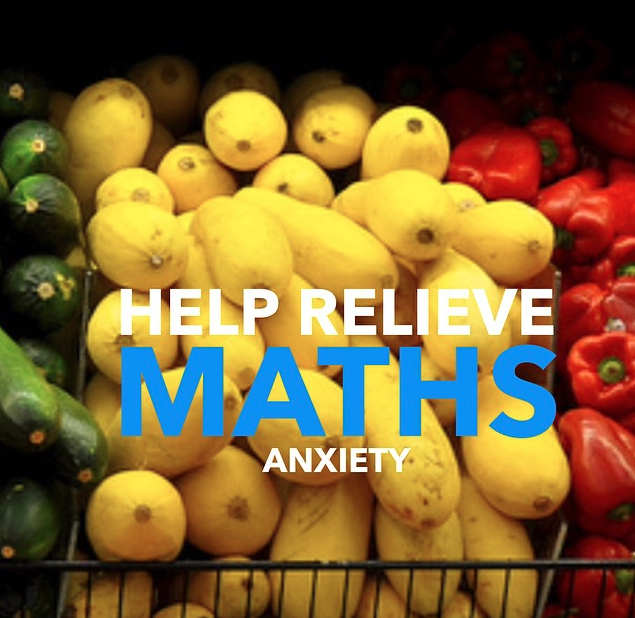
Good teaching practice to help reduce anxiety – a few ideas
May 27, 2015
Anxiety disorders are the most common mental health issue for Australian children and adolescents. One in five children and adolescents have a range of elevated symptoms of anxiety.[1] Barrett, P., (2014) Treatment guidance for common health disorders: Childhood anxiety disorders. InPsych, The Bulletin of the Australian … Continue reading Many are not recognised, treated or appropriately supported.[2] Orygen Youth Health (n.d) Anxiety Disorders and Young People. Factsheet. Parkville, Victoria. This is probably because children with challenging and disruptive behaviour often gain the most attention from adults, rather than those who display the subtle behavioural signs associated with anxiety, such as avoidance and hesitance.[3] Rapee, R., (2008) co-author of Helping your anxious child, New Harbinger Publications, USA, quoted by Moo, M., (2010) How to help your anxious … Continue reading
Our research for the forthcoming Psych4Schools ebooklet, Working with children who are anxious identifies 10 risk factors for children and adolescents more vulnerable to anxiety. These include family anxiety, stressful or traumatic home life, stressful or traumatic school situation and psychosocial stressors of school.
Teachers can help to make a difference in reducing anxiety through the use of good teaching practice. Following are a few ideas.
- Respect and ‘tune in’ to the child as a learner. Know their interests, strengths and passions. Have accurate, up-to-date assessment and learning data to optimise performance, and tailoring instructions and tasks within the child’s grasp, can mitigate against stress and anxiety interfering with cognitive and academic growth. For more about optimising learning performance, see Vygotsky’s zone of proximal development.
- Set a structure and routine. Knowing what to expect and what’s coming next reduces worry. Maintain daily routines and build some ‘unstructured time’ into the days. Provide lots of notice, where possible, of special events or classroom, teacher or timetable changes.
- Help relieve anxiety about mathematics. [4]Creative Education, 2014, 5, 207-217 Published Online March 2014 in SciRes. http://www.scirp.org/journal/ce http://dx.doi.org/10.4236/ce.2014.54030 In mid primary to mid secondary school, student anxiety about mathematics is higher than all other subjects.[5]Miami-Dade County Public Schools, (2011) Strategies for reducing math anxiety, Information Capsule, Research Services, Vol. 1102, September, Miami, … Continue reading Many errors in mathematical reasoning occur in the reading, comprehension and transformation stages. [6]Newman, A (1977), Newman’s prompts: Finding out why students make mistakes PDF document. See … Continue readingHelp develop conceptual understanding and alleviate anxiety by incorporating strategies to:
- Reduce the stigma associated with using manipulatives by giving ‘able’ students manipulatives to demonstrate ‘open-ended’ mathematical thinking.
- Promote confidence and self-efficacy by placing less emphasis on right or wrong and a greater focus on the thinking process involved.[7] Furner, Joseph M., Berman, Barbara T., (2003) Math anxiety: Overcoming a major obstacle to the improvement of student math performance, Childhood … Continue reading Furner, Joseph M., Berman, Barbara T., (2003) Math anxiety: Overcoming a major obstacle to the improvement of student math performance, Childhood Education, Spring
- Allow the use of assistive technologies such as talking calculators.
- Do a ‘maths audit’ of the local environment. Walk along a shopping strip or around a shopping mall with students listing all the mathematics they see, for example, advertised prices, discounts, times on parking metres, interest rates, or the cost of vegetables per kilo.

In order to be able to learn and participate effectively in the classroom children with symptoms of anxiety need to be assisted to cope with their worries, by approaching ‘difficult’ school tasks as challenges to be mastered rather than as threats to be avoided, and learning how to persist to solve problems.
Murray Evely and Zoe Ganim, Psych4Schools Psychologists
Image by faunggs photo “Vegetable on shelf in the supermarket”. Some rights reserved. Accessed on Flickr, 2015.
References